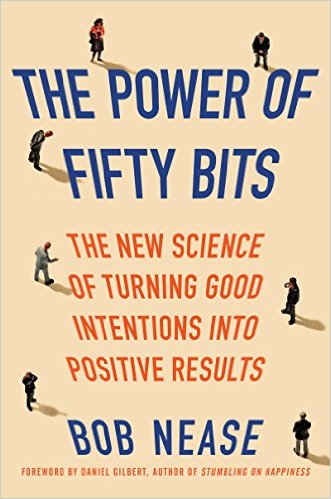When it comes to how people take their prescription medications, there’s an enormous amount of value left on the healthcare table. That’s because for many health conditions, any one of several drugs work well. And that means health plans can wring price concessions from drug makers by having them compete for business.
But manufacturers will only cut prices if they know that more business will come their way. To make that happen, health plans create formularies – lists of preferred drugs from which doctors are supposed to prescribe.
This approach sounds manageable but in practice things get gummed up quickly due to multiple health plans within a physician’s practice: Mr. Smith has coverage from Health Plan A while Ms. Jones has coverage from Health Plan B… and so on. Because each health plan can have its own unique formulary, physicians may find themselves juggling multiple formularies.
Just like other humans, doctors have a limited amount of attention to spend: that’s the fundamental fifty bits limitation. Thankfully, there are seven proven strategies for overcoming this limitation, improving behavior, and enjoying better results.
One of these strategies is getting in the flow: going to where the decision maker’s scarce attention is likely to be, and inserting a call to action. And that’s exactly what Mercy Health did.
By automatically providing the correct formulary in the electronic medical record for each patient, physicians instantly know which medications are included in the formulary. The result? According to Mercy, average formulary compliance exceeds 98 percent, driving to a lower-cost mix of medications and saving the plan $42 million since 2010. (Read more about Mercy’s use of the EHR to improve formulary adherence here.)
Do you have a success story using the fifty bits design strategies? Let us know!
H/T to Sean Donnelly for sharing this example



